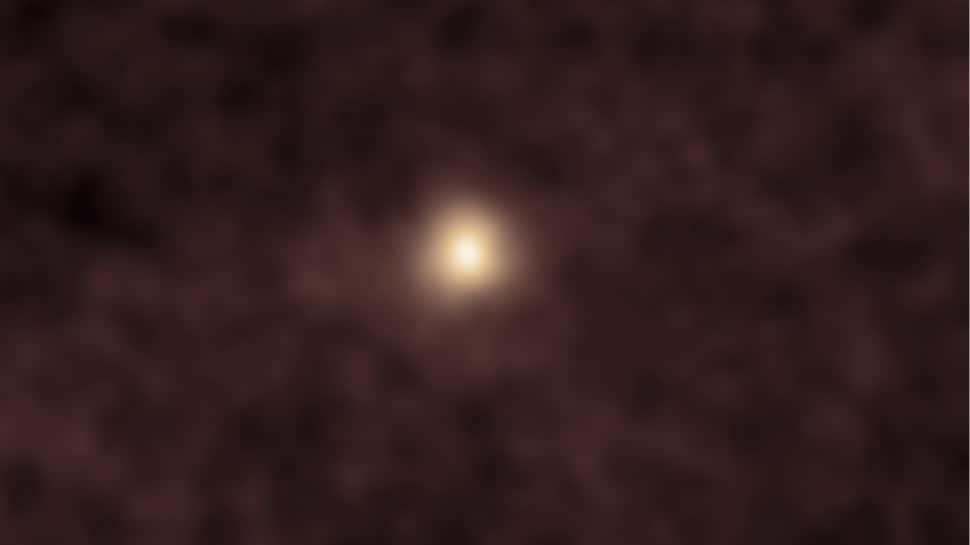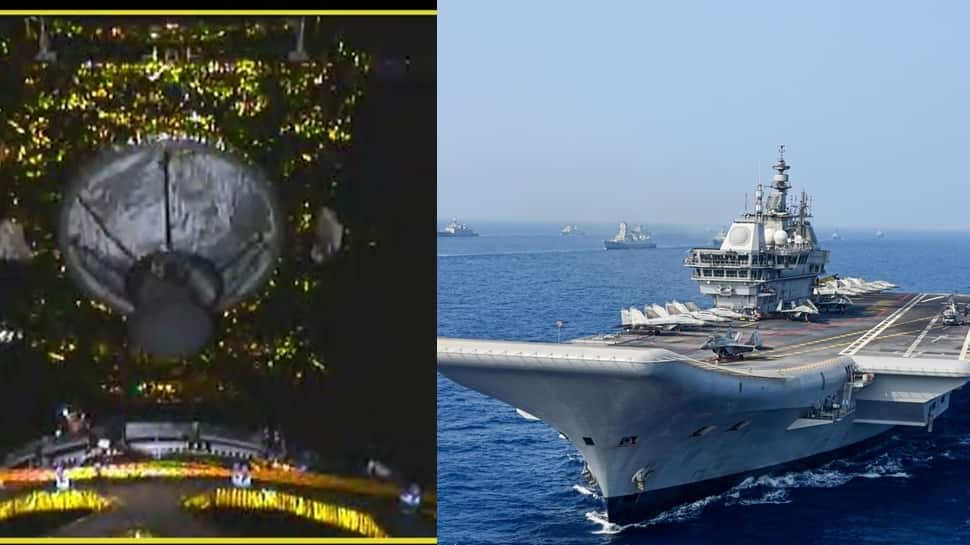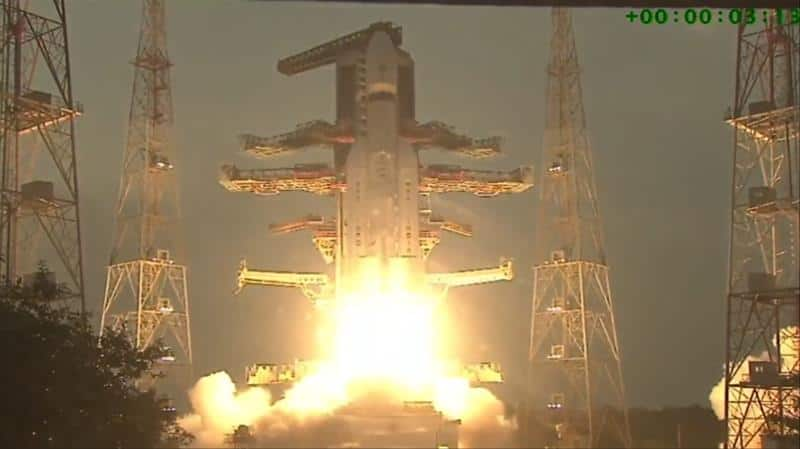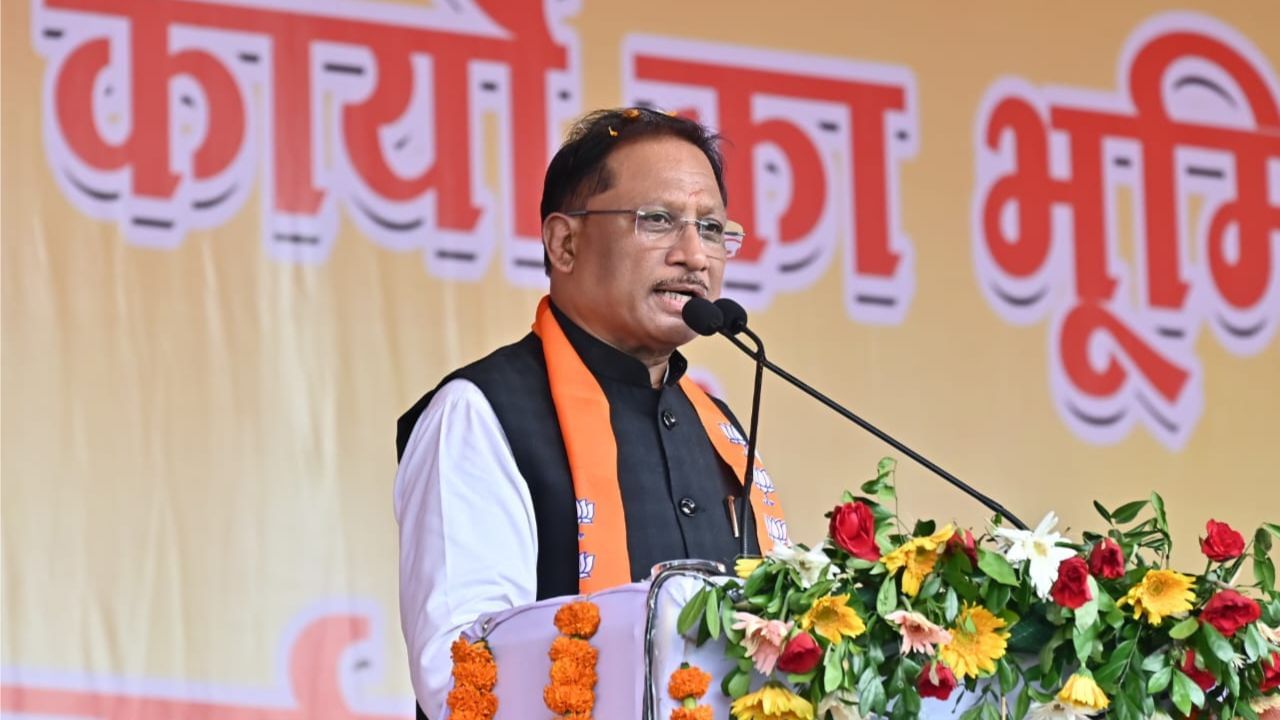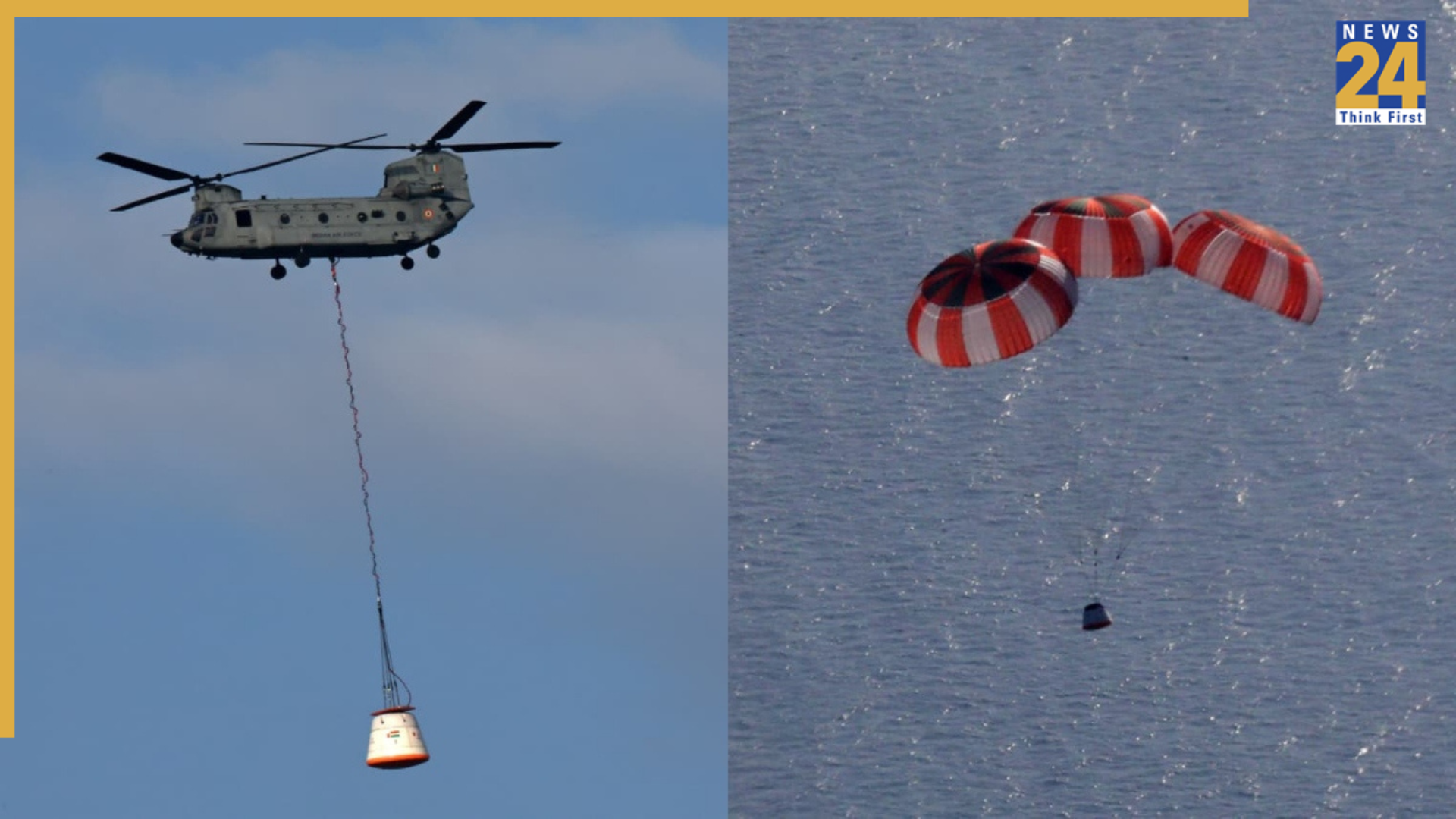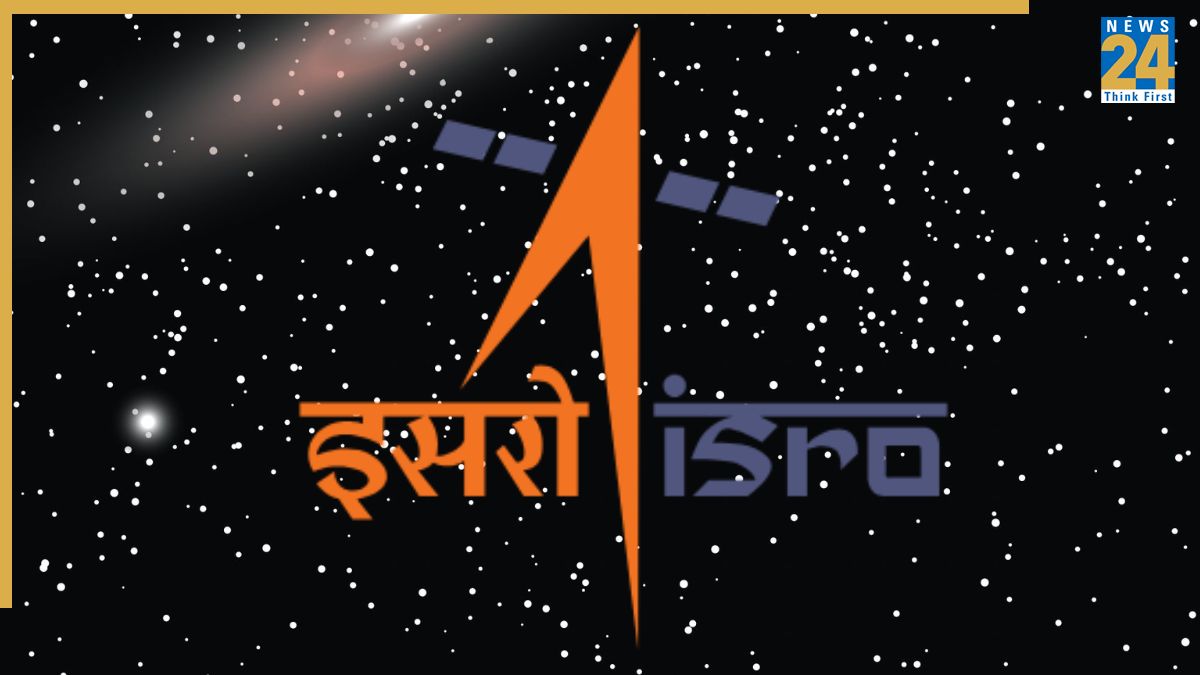The scientific community is abuzz with the observation of comet 3I/ATLAS, an interstellar visitor detected hurtling through space at an…
Browsing: ISRO
In a significant boost to India’s maritime security and strategic autonomy, ISRO successfully launched the GSAT-7R communication satellite on November…
India’s space agency has successfully deployed GSAT-7R, its largest communication satellite, specifically tailored for the Indian Navy. This cutting-edge satellite…
The Indian Space Research Organisation (ISRO) has achieved a significant milestone, with its Chandrayaan-2 orbiter capturing the first-ever direct observation…
ISRO is preparing for the launch of the initial uncrewed mission of the Gaganyaan program in December, as confirmed by…
Chief Minister Vishnu Deo Sai has lauded the Made in India chip as a landmark achievement, attributing its success to…
A group of 28 female students from government schools in the East Singhbhum district returned from an educational visit to…
The Indian Space Research Organisation (ISRO) has successfully executed the first Integrated Air Drop Test (IADT-01) as part of the…
India celebrated its second National Space Day with enthusiastic events recognizing the nation’s space achievements. The day honors the successful…
India is observing its second National Space Day with great pride, marking the anniversary of the Chandrayaan-3 mission’s successful lunar…


